Maximizing Efficiency: How a Plasma Cutting Table Transforms Metal Fabrication Workflows
In the rapidly evolving landscape of metal fabrication, efficiency and precision are paramount. Enter the plasma cutting table, a revolutionary tool that is transforming traditional workflows and setting new standards for production speed and accuracy. By harnessing the power of high-temperature plasma to cut through various types of metal with minimal waste, these tables not only enhance the quality of finished products but also streamline the overall fabrication process. This article explores the myriad benefits of integrating a plasma cutting table into your operations, offering practical tips on maximizing its capabilities. From reducing turnaround times to improving safety and reducing material costs, discover how this cutting-edge technology can elevate your metalworking projects and position your business at the forefront of efficiency in the manufacturing industry.

Understanding Plasma Cutting Technology and Its Advantages in Metal Fabrication
Plasma cutting technology has revolutionized metal fabrication workflows, making it an essential tool in modern manufacturing. This process uses electrical energy to ionize gas, creating a high-temperature plasma arc that can cut through various metal types with precision and speed. According to industry forecasts, the plasma cutting machine market is poised to grow from $699.5 million in 2025 to $905.2 million by 2032, reflecting a compound annual growth rate (CAGR) of 3.8%. This growth underscores the increasing reliance on plasma cutting for various applications, particularly in sectors demanding efficiency and accuracy.
One of the significant advantages of plasma cutting is its versatility. It is suitable for cutting a wide range of materials, including steel, aluminum, and brass. Additionally, the ability to perform bevel cuts on advanced plasma tables enhances the capabilities of fabricators, allowing them to execute complex designs that would be challenging with traditional cutting methods. The market for CNC plasma cutting machines is also showing strength, projected to reach USD 1.1 billion by 2034. As metal fabrication continues to evolve, leveraging advanced plasma technology will be crucial for businesses aiming to enhance productivity and stay competitive in the industry.
Maximizing Efficiency: The Impact of Plasma Cutting Technology on Metal Fabrication
Key Features of a Plasma Cutting Table for Enhanced Workflow Efficiency
Plasma cutting tables are revolutionizing metal fabrication workflows by incorporating advanced features designed to enhance efficiency and precision. Among these features, automatic nesting software stands out as a game-changer in reducing material waste and cutting costs. This intelligent software analyzes design layouts to optimize the placement of cut patterns, ensuring that the maximum amount of material is utilized effectively. By streamlining the nesting process, manufacturers can significantly decrease scrap rates, which not only saves money but also contributes to a more sustainable operation.
In addition to automatic nesting, plasma cutting tables often include advanced control systems and real-time monitoring capabilities. These tools enable operators to oversee the cutting process with greater accuracy, making instant adjustments as necessary to maintain high-quality output. Furthermore, many models are equipped with user-friendly interfaces that simplify the programming and operation of complex designs. By enhancing these key features, plasma cutting tables not only bolster productivity but also empower metal fabricators to meet the demands of a fast-paced manufacturing environment with unparalleled efficiency.
Integrating Plasma Cutting Tables into Existing Metal Fabrication Processes
Integrating plasma cutting tables into existing metal fabrication processes can significantly enhance efficiency and productivity. As the metal fabrication industry evolves, traditional cutting methods are increasingly supplemented or replaced by advanced plasma cutting technologies. These tables offer precision cutting capabilities, enabling fabricators to achieve intricate designs and reduce material waste. By incorporating plasma cutting systems, companies can streamline their workflows, minimizing downtime and increasing output.
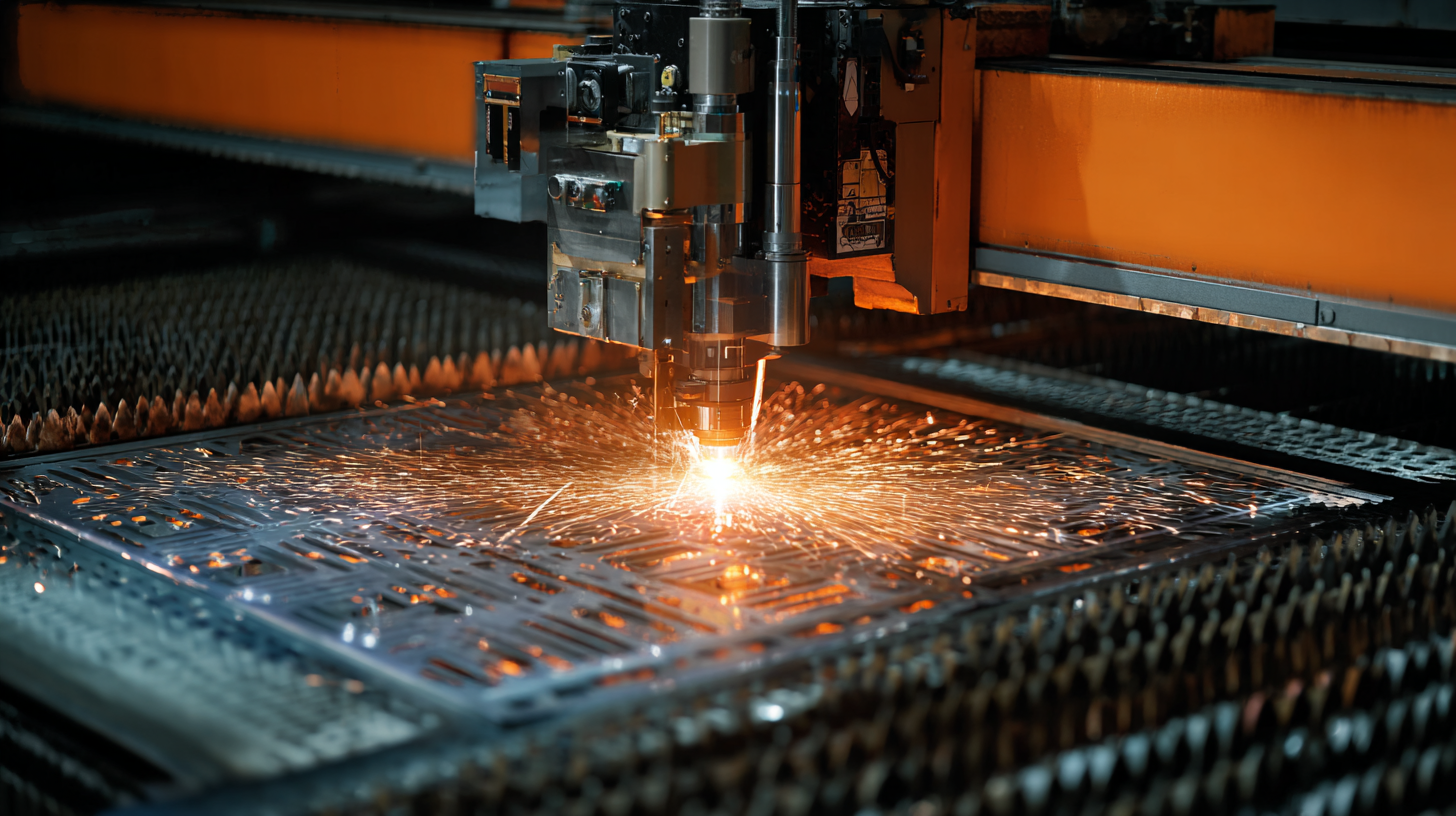
The transition from older techniques, such as oxyfuel cutting, to modern plasma cutting solutions opens up numerous advantages for fabricators. High-powered fiber lasers are now becoming prevalent, allowing for faster and more accurate cutting, catering to the ever-growing demands of industries like automotive and aerospace. Moreover, developments in robotic plasma cutting systems provide additional versatility, leveraging automation to tackle complex 3D cutting processes that enhance overall productivity. The integration of these advanced technologies signifies a major shift in the metal fabrication landscape, ushering in a new era of efficiency and innovation.
Best Practices for Maintaining and Optimizing Plasma Cutting Tables in the Workshop
To ensure optimal performance and longevity of plasma cutting tables, regular maintenance is crucial. Operators should begin with daily checks, ensuring that the cutting torch is aligned correctly and that the consumables are in good condition. Regularly replacing worn-out tips and electrodes can significantly enhance cutting efficiency and accuracy. Additionally, maintaining a clean workspace prevents any debris from interfering with the cutting process, further improving precision and safety.
Beyond routine checks, optimizing the programming and settings of the plasma cutting table can enhance overall workflow. Users should invest time in familiarizing themselves with the software capabilities to fine-tune cut speeds, power levels, and material-specific parameters. This not only maximizes efficiency but also contributes to reducing material waste. Finally, operators should engage in periodic training sessions to stay updated on best practices and emerging technologies, ensuring their skills and knowledge align with advancements in the field of metal fabrication.
Maximizing Efficiency: How a Plasma Cutting Table Transforms Metal Fabrication Workflows
| Dimension | Description | Value |
|---|---|---|
| Cutting Speed | Speed of plasma cutting in inches per minute | 20-100 ipm |
| Material Thickness | Max thickness of material that can be cut | 0.125 - 1.0 inches |
| Power Consumption | Total power consumed by the plasma cutter | 20 - 60 amps |
| Precision | Accuracy of the cuts made | ± 0.01 inches |
| Maintenance Frequency | Recommended interval for service checks | Every 3 months |
| User Training | Recommended training for operators | Advanced Plasma Cutting Course |
Real-World Case Studies: Success Stories Using Plasma Cutting Tables in Fabrication
In the realm of metal fabrication, plasma cutting tables are revolutionizing workflows, leading to significant efficiency gains, particularly evident in real-world case studies. According to a report from the Fabricators & Manufacturers Association, businesses utilizing plasma cutting technology have reported up to a 30% decrease in cutting time compared to traditional methods. This increase in speed not only allows for quicker turnaround times but also enhances productivity, enabling companies to take on more projects simultaneously.
Take, for example, a mid-sized fabrication shop that implemented plasma cutting tables in their operations. After the upgrade, the shop reported a 25% increase in output and a marked reduction in material wastage due to the precision of plasma cutting. These improvements can be attributed to the advanced capabilities of plasma cutting systems, which not only offer superior speed but also quality cuts on various metals, reducing the need for extensive post-processing. As industries in countries like China continue to innovate and streamline their production methods, the adoption of plasma cutting tables is likely to expand even further, solidifying their role as a cornerstone of modern metal fabrication.
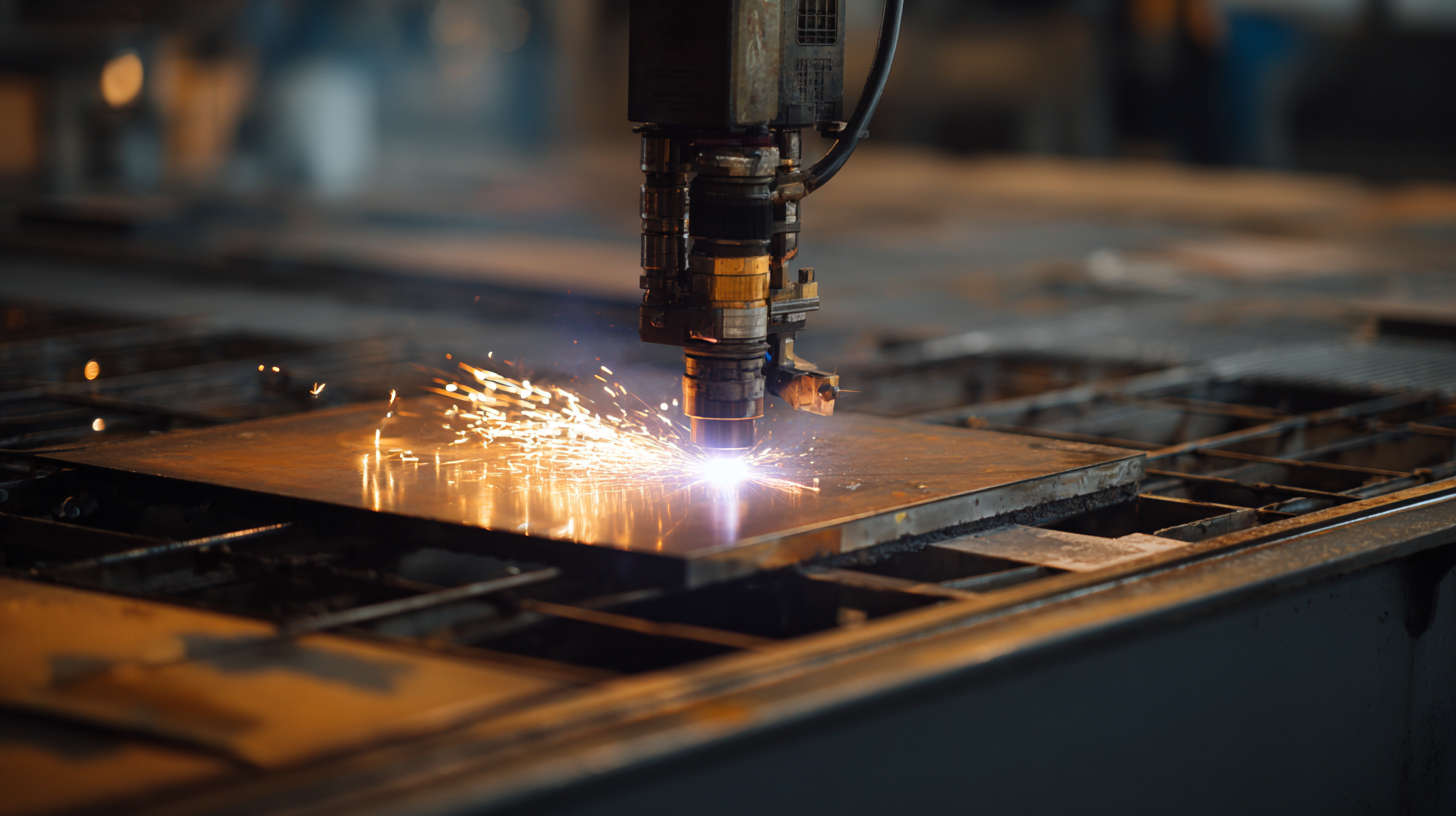
Related Posts
-
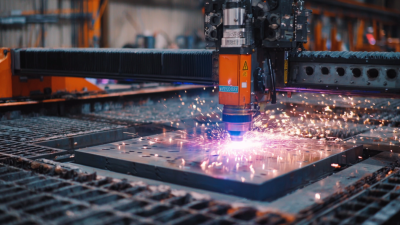
The Future of Precision with CNC Plasma Cutting Tables in Manufacturing
-
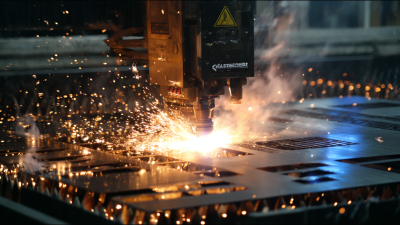
7 Reasons Why the Best Industrial Plasma Table is an Essential Investment for Global Buyers
-
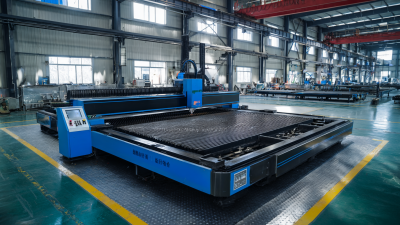
Exploring Growth Trends in Plasma Cutting Table Sales at the 138th Canton Fair 2025: A Data-Driven Perspective
-

Precision Engineering in China: Elevating Global Manufacturing with the Best Plasma Cutting Technology
-
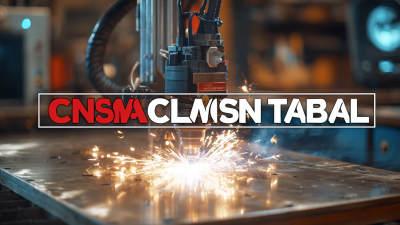
What is the Future of the Best Small CNC Plasma Tables in Global Manufacturing?
-

Understanding the Specifications of the Best Industrial CNC Plasma Table and How to Use It

